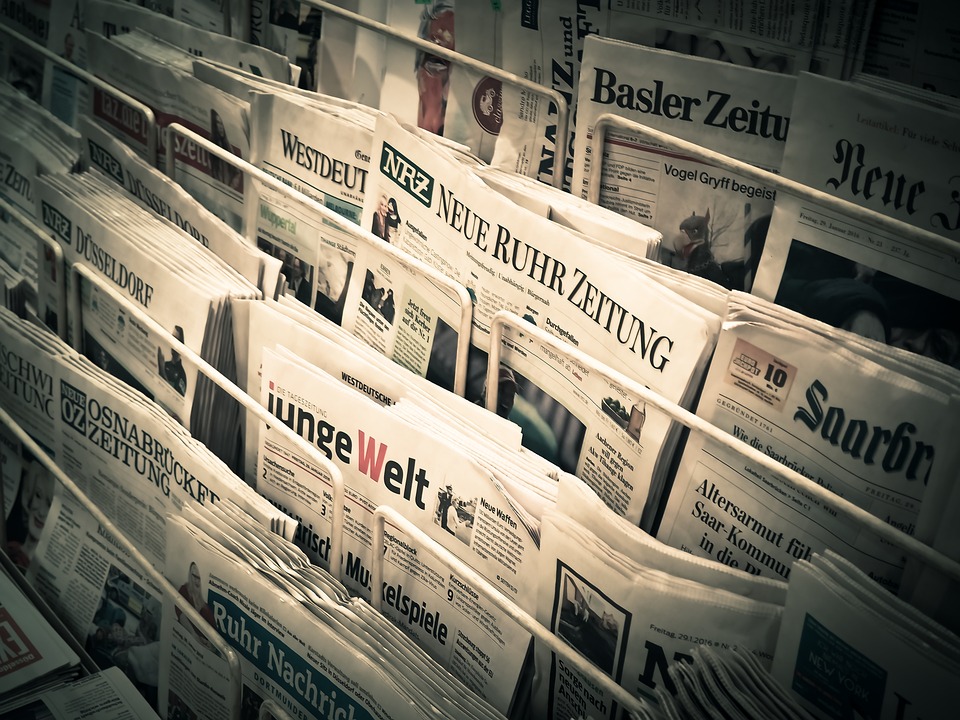The New York Times published the full text of the draft peace agreement developed in the spring of 2022 by the delegations of Ukraine and Russia.
Documents were provided to journalists by Ukrainian, Russian and European sources, their authenticity was confirmed to the newspaper by participants in the negotiations that took place in the first months of a full-scale war — from February to April; three interlocutors were in the Ukrainian delegation, writes the New York Times.
According to the draft of the latest treaty from April 15, 2022, which still contains uncoordinated amendments, Russia sought complete neutrality for Ukraine, a ban on the country's accession to NATO and on receiving any foreign weapons and military aid. The treaty did not prevent Ukraine from joining the EU, but only in a neutral status. The Wall Street Journal got acquainted with the draft in early spring, but now the text has been published in full.
Russia insisted that annexed Crimea must remain under its control — although a communique prepared in Istanbul on March 29 said that the status of Crimea would be determined within 10-15 years. The issue of the status of Donbass was not included in the draft agreement at all. It was assumed that Putin and Zelensky would discuss it personally.
The agreement provided for a reduction in the number of Ukrainian Armed Forces to 85 thousand soldiers, 342 tanks and 519 artillery pieces. Russia demanded that the range of the missiles be reduced to 40 kilometers. Ukrainian negotiators put forward other conditions: 250 thousand troops, 800 tanks and 1,900 artillery pieces, the WSJ wrote.
From the April draft it followed that Ukraine had to abandon proceedings in the International Criminal Court (ICC) and cancel sanctions in force since 2014; Kyiv also had to call on other countries to lift restrictions on Russia.
The negotiators demanded that the Russian language be declared the state language and used on an equal basis with Ukrainian in the courts and in all state institutions; They also sought a ban on “propaganda of aggressive nationalism.” Ukraine refused to discuss these points, since they were not in the Istanbul communiqué.
Ukraine demanded that Russia agree to international “security guarantees” in the event of aggression. The document named the UK, China, the USA, France, Turkey, Germany and Russia itself as possible guarantor states that were supposed to provide support to Ukraine in the event of an attack.
NYT writes that it was this point that became the most problematic, as Russia began to insist that assistance to Ukraine must be coordinated with all guarantor countries. As the newspaper explains, this essentially meant that Russia could invade Ukraine again and then veto any assistance — as a result, the Ukrainian side finally lost interest in the negotiations.
A peace conference with the participation of Ukraine is being held in Switzerland on June 15 and 16. Russia does not take part in it. Before the meeting, Vladimir Putin announced the conditions for ending the Russian invasion of Ukraine. In his opinion, to begin negotiations, Ukraine must withdraw troops from the occupied LPR, DPR, Kherson and Zaporozhye regions, abandon plans to join NATO, have a “neutral, non-aligned, nuclear-free status” and undergo “denafification.” Sanctions, Putin added, must be lifted.
His words were commented on by the President of Ukraine Vladimir Zelensky: “These are ultimatum proposals that are no different from those that were before. He won't stop. Hitler did the same. That's why we shouldn't trust these proposals.»


